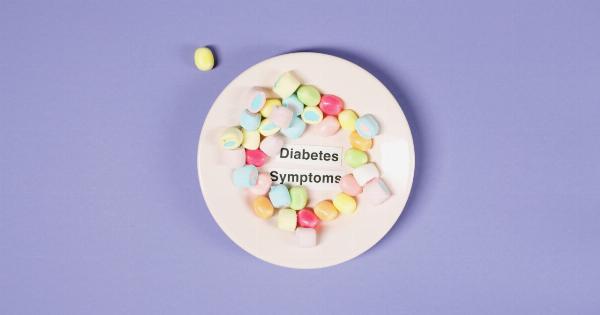Heart disease is a leading cause of death all around the world. According to the World Health Organization, approximately 17.9 million people die from cardiovascular diseases every year.
In order to prevent heart disease, it is important to understand the risk factors associated with it. Neck circumference is one such factor that has been found to predict the risk of heart disease.
What is neck circumference?
Neck circumference is the measurement of the circumference of the neck at a point just below the laryngeal prominence.
It is a simple and non-invasive method of measuring body fat distribution, which has been associated with an increased risk of heart disease.
How is neck circumference measured?
Neck circumference can be measured using a flexible tape measure. The person being measured should be standing with their head held upright and their shoulders relaxed.
The tape measure should be placed around the neck at a point just below the laryngeal prominence.
What is the link between neck circumference and heart disease?
Research has shown that people with larger neck circumference are more likely to suffer from heart disease and other cardiovascular diseases.
This association persists even after controlling for other factors such as age, gender, and body mass index (BMI).
One study found that for every 1 cm increase in neck circumference, the risk of developing heart disease increased by 3%.
Another study found that men with neck circumferences of 43 cm or more had a significantly higher risk of developing heart disease, compared to those with neck circumferences of less than 43 cm.
What causes the link between neck circumference and heart disease?
The link between neck circumference and heart disease is not yet fully understood. However, it is believed that neck circumference may be a marker of upper body fat distribution and insulin resistance, which are both risk factors for heart disease.
In addition, larger neck circumference may be associated with obstructive sleep apnea (OSA), a condition in which the airway becomes blocked during sleep, leading to pauses in breathing and a drop in oxygen levels.
OSA has been linked to an increased risk of heart disease and stroke, and neck circumference may be a useful predictor of the condition.
How can neck circumference be used to predict the risk of heart disease?
Measuring neck circumference is a simple and non-invasive method that can be used to predict the risk of heart disease.
It can be easily integrated into routine clinical practice and may be particularly useful in low-resource settings where more expensive tests are not available.
Several studies have shown that adding neck circumference measurement to traditional risk prediction models, such as the Framingham Risk Score, can improve the accuracy of predicting future cardiovascular events.
What other health problems can neck circumference predict?
Neck circumference has been linked to a range of other health problems, in addition to heart disease. These include:.
- Obstructive sleep apnea
- Metabolic syndrome
- Type 2 diabetes
- Hypertension
- Stroke
Conclusion
Measuring neck circumference is a simple and non-invasive method of predicting the risk of heart disease and other health problems. It can be easily integrated into routine clinical practice and may be particularly useful in low-resource settings.
The link between neck circumference and heart disease is not yet fully understood, but it is believed to be related to upper body fat distribution, insulin resistance, and obstructive sleep apnea.



























